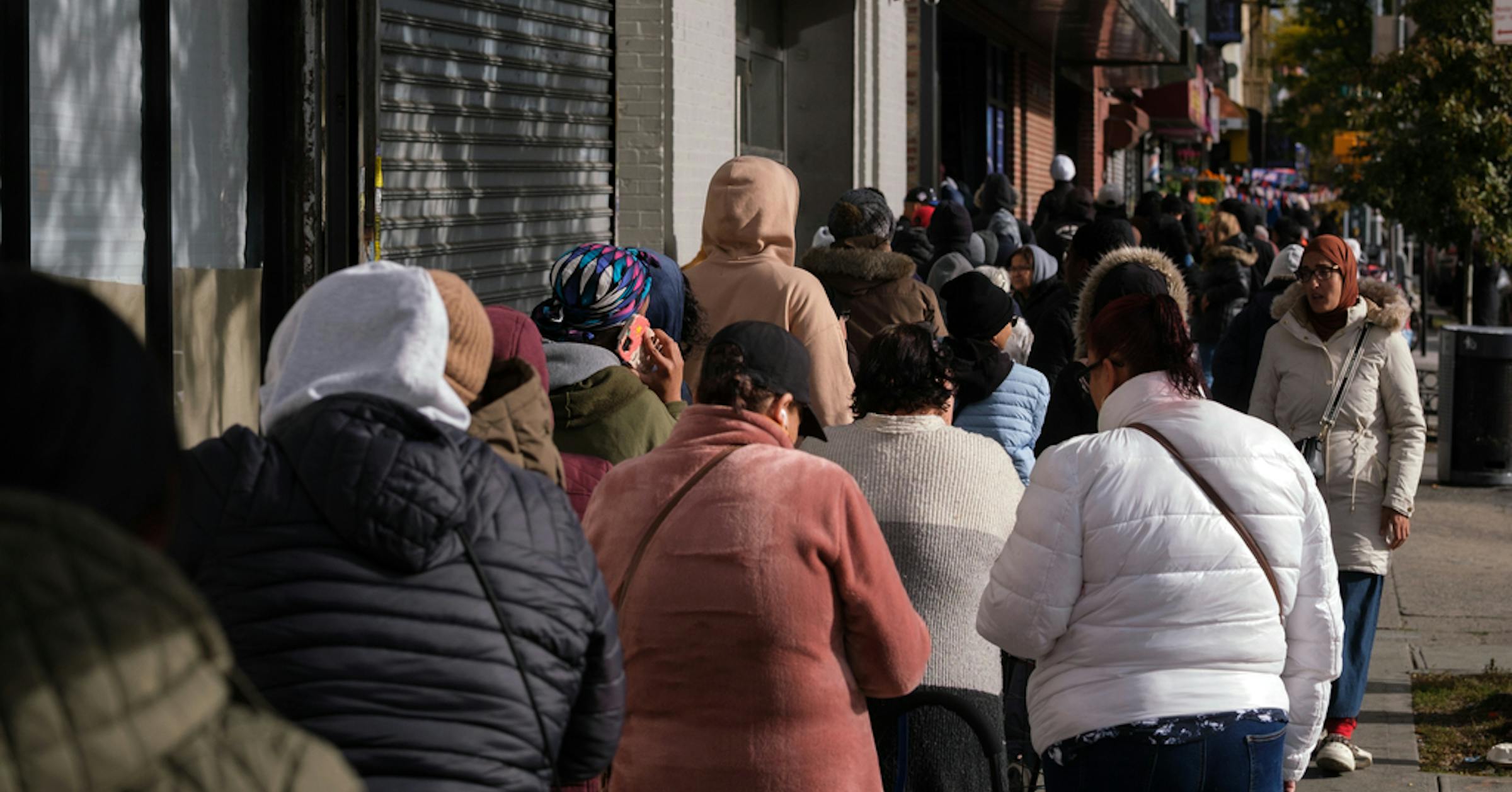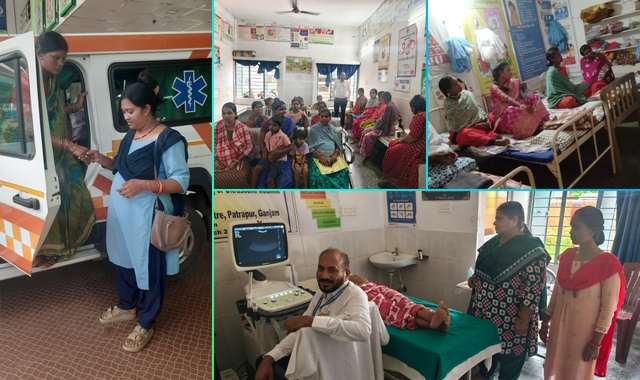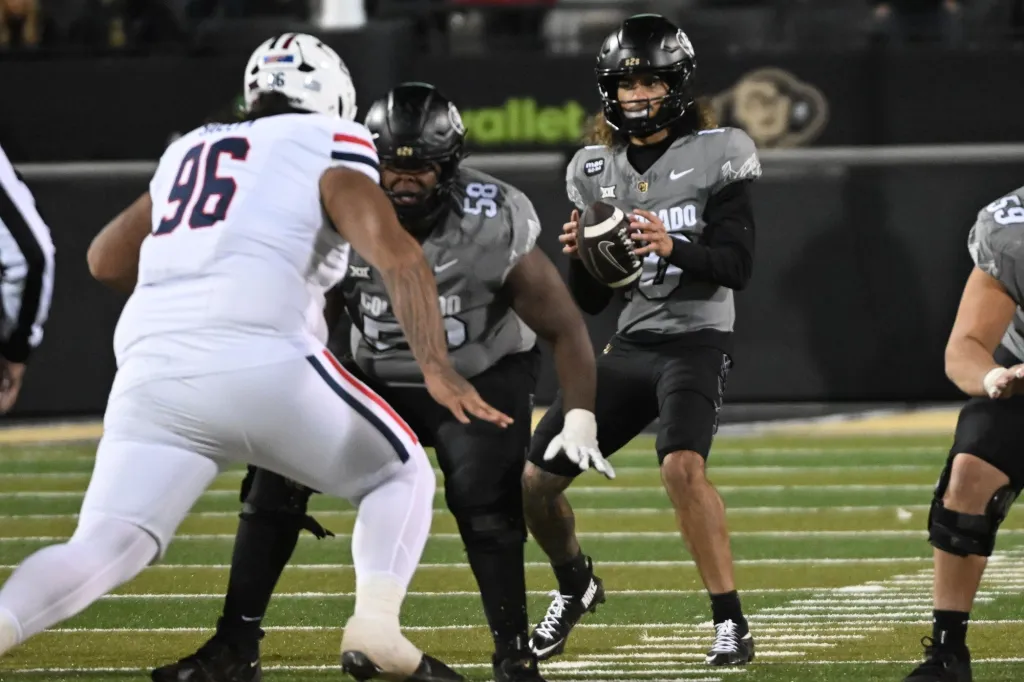Copyright Star Tribune

WASHINGTON — Millions of low-income Americans will see staggering cuts and delays to their food stamps this month — with some receiving potentially nothing at all — because of the way that the White House has chosen to pay partial benefits during the government shutdown. For many people enrolled in the program, the losses may soon prove to be far greater and severer than the Trump administration has publicly acknowledged, underscoring the magnitude of its refusal to fully finance the Supplemental Nutrition Assistance Program, or SNAP, the largest federal anti-hunger initiative. The problem stems from the way in which the administration has opted to fund benefits, and the intricate rules it has foisted on states this week to calculate aid amounts for the 42 million people enrolled in SNAP. For nearly 1.2 million households, or almost 5 million people, the changes may result in benefits of $0 in November, according to the Center on Budget and Policy Priorities, a left-leaning group, which analyzed the government’s public filings and shared its findings early with the New York Times. “Some households are not going to get any benefits under this,” said Dottie Rosenbaum, who oversees SNAP research for the organization. As a result, groups of cities, states, nonprofits, religious organizations and others have recently returned to federal court, where they have raised fresh concerns that the White House is not complying with court orders that require the government to provide food stamps swiftly this month. Initially, the government sought to stop supplying any benefits in November, prompting two judges to order the administration to explore ways to issue either partial or full SNAP benefits. Late Tuesday, a coalition of about two dozen states told a federal judge in Massachusetts that the administration had interpreted that directive in a manner that would “seriously delay the issuance of benefits to those in need, and will create risks of errors.” The White House did not respond to a request for comment. On Tuesday, President Donald Trump suggested he would violate a court order by halting SNAP payments until the shutdown concluded, though officials later walked back those comments. By Wednesday, the president blamed the interruption to food stamps on Democrats. The Agriculture Department, which oversees SNAP, declined to answer questions. The agency pointed only to past comments from Brooke Rollins, the agriculture secretary, who described partial payments as a “STOPGAP” that would “create unnecessary chaos in State systems and distribution of benefits.” The extent and reach of the looming cuts became apparent in a series of court documents and policy memos, all filed in the wake of a judge’s order that the government must fund food stamps even though federal agencies remain closed. To comply with that directive, the Agriculture Department said it would source money from an emergency account that Congress had previously established for SNAP. That would be enough to provide partial payments to low-income Americans, which would “cover 50% of eligible households’” November benefit amounts, an administration official said in a court filing Monday. While the Trump administration acknowledged that it had the funds in a secondary account to provide full SNAP payments, it declined to do so, raising the risk that the roughly 1 in 8 Americans who participate in the program could still find themselves in imminent financial distress. The agency essentially required states to recalculate benefits for SNAP beneficiaries, using a new rubric to determine payment amounts. The extent of those changes alarmed anti-hunger groups and angered state officials, some of whom described the revisions as unnecessary, punitive and burdensome at a perilous time for many poor families. The analysis from the Center on Budget and Policy Priorities estimated that the new shutdown policy could cut average SNAP benefits by about 61% this month, more than the Trump administration initially suggested in court. For roughly 5.4 million households, the resulting benefit may total about $12 in November, according to the organization. Other local leaders and anti-hunger groups said they had found similarly in their own early analyses of the administration’s actions. One state official, who requested anonymity to describe private conversations, said the Agriculture Department had indicated it may still update the guidance. Gina Plata-Nino, the director for SNAP at the Food Research and Action Center, said that the policies put in place at the Agriculture Department would “really complicate” the work of calculating benefits. “Some of them may not even get any benefits at all because of the way you have to implement it,” she said. Separately, many state leaders began to warn that it could take weeks for them to update their systems to pay the partial benefits, resulting in significant delays for families. In Pennsylvania, Valerie A. Arkoosh, the secretary of the state’s Department of Human Services, said in a letter Tuesday viewed by the Times that the Trump administration’s actions would require her state to start “completely restructuring” its systems for paying benefits. That, she said, would require “10,000 hours of work” or more just to reprogram the state’s benefits. “Any continued delay jeopardizes the health and well-being of the Pennsylvanians who depend on SNAP’s critical support,” the secretary wrote in a letter to the Agriculture Department. In other states, governors and local lawmakers had scrambled in recent days to try to finance food stamps on their own, fearing there would be no federal funding at all. By Wednesday, some of those states appeared to be struggling to interpret the Trump administration’s guidance about providing partial benefits. In Louisiana, for example, a spokesperson for the Health Department, which administers food stamps, confirmed that the state had stopped supplying its own money to provide benefits for elderly and disabled recipients. It had done so for the first four days of November, while federal funding was in jeopardy. But the local television station WBRZ reported that some recipients had their balances abruptly withdrawn. The spokesperson said that occurred because benefits were paid out early by the state’s payment vendor and were pulled back to give recipients a higher amount in federal benefits by Friday. The confusion fueled a renewed push by a coalition of cities, religious groups and other nonprofits to force the Trump administration to pay full benefits in November by tapping other funds at the Agriculture Department. A hearing in that case is scheduled for Thursday. Skye Perryman, the president of Democracy Forward, a legal group representing those organizations, accused the president this week of “using people’s lives as a pawn.” She said that SNAP “is an entitlement, and this needs to happen expeditiously.” The administration, for its part, contends it cannot legally use other money at the Agriculture Department to fund SNAP, even though the government has repeatedly transferred funds from that same account to help pay for another federal nutrition program during the shutdown. The agency previously warned that partial SNAP payments could take weeks or months to deliver. “When the court said pay the benefits, they didn’t say pay half a hamburger,” said Sen. Amy Klobuchar, D-Minn., who leads her party on the chamber’s top agriculture committee. “All of this to me sounds very in opposition to what the court has ordered them to do,” she said.



